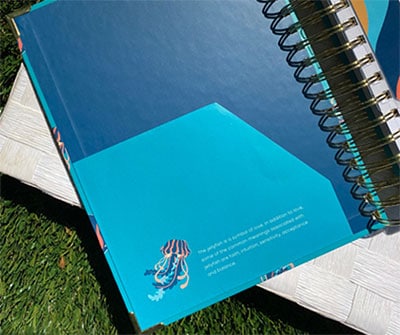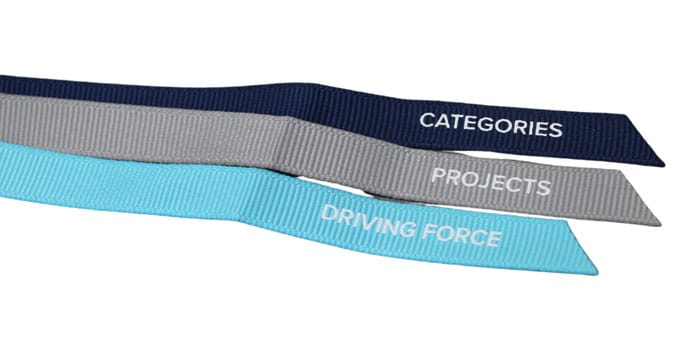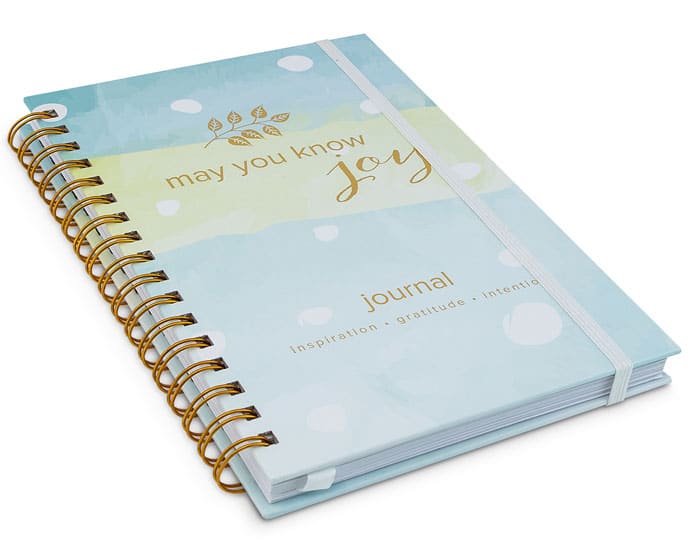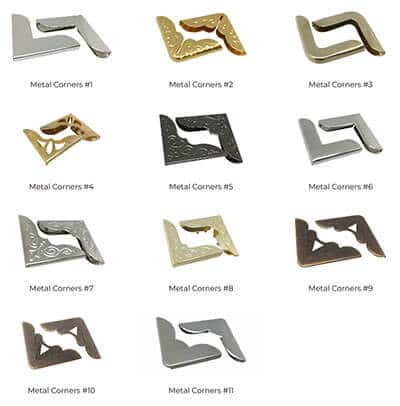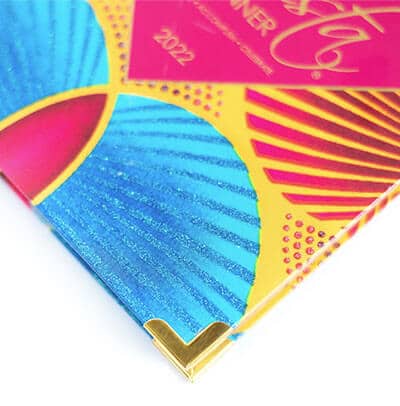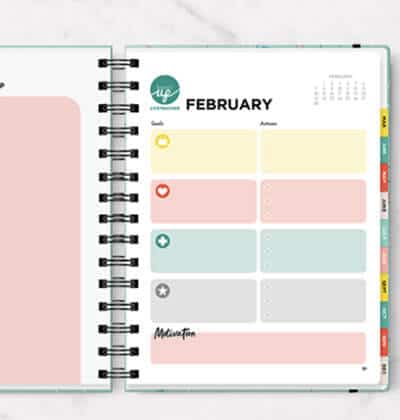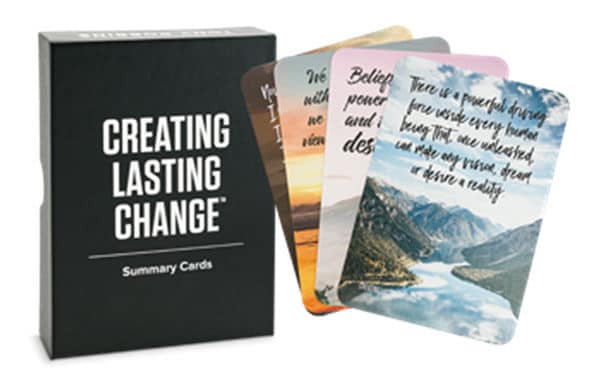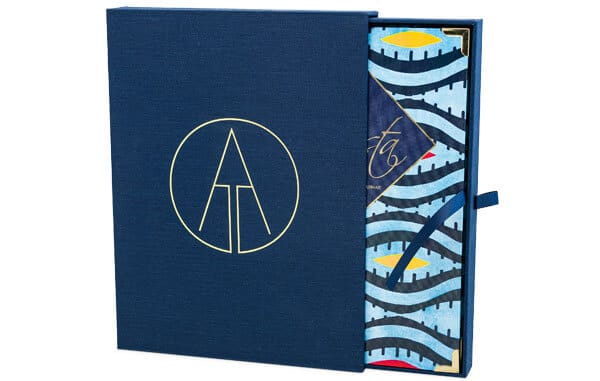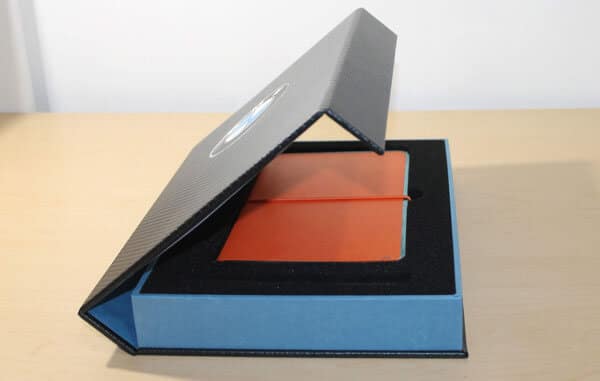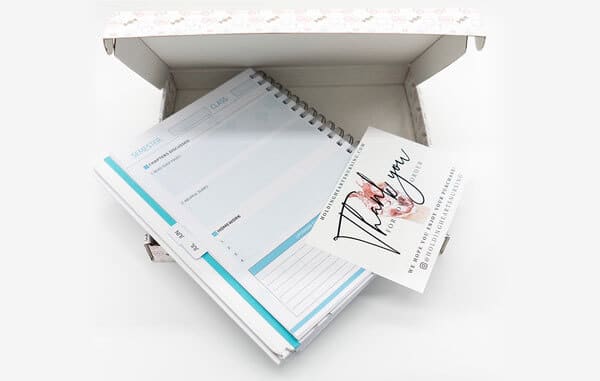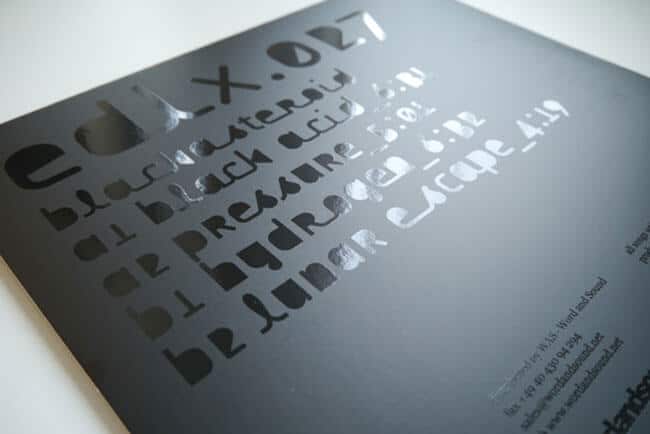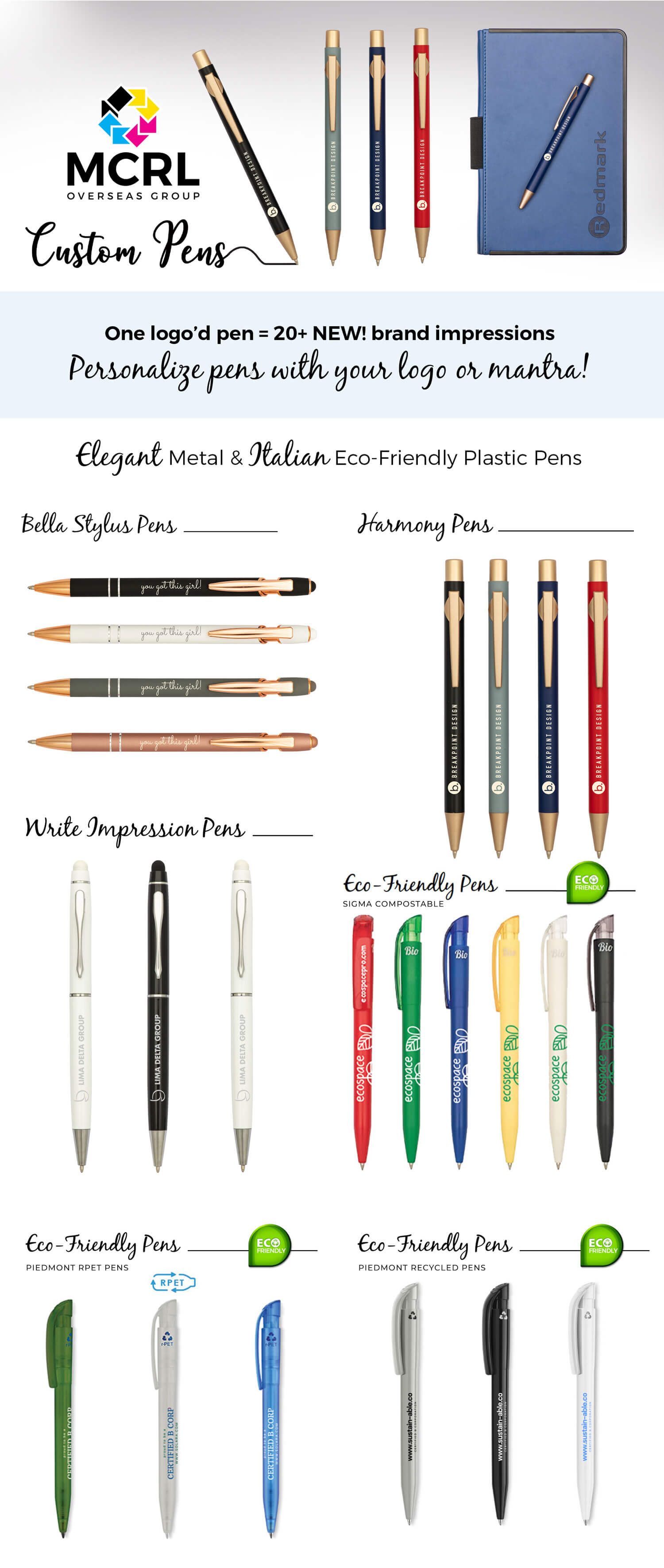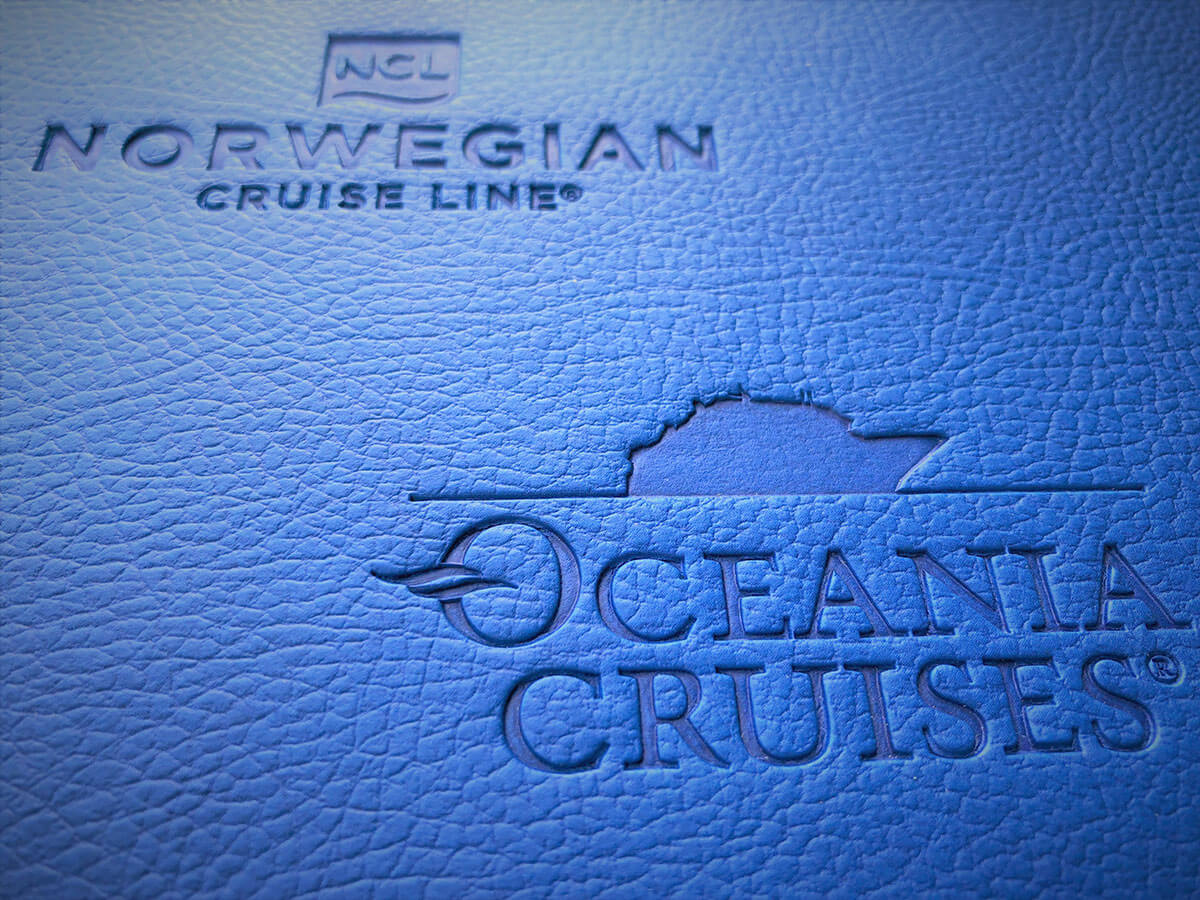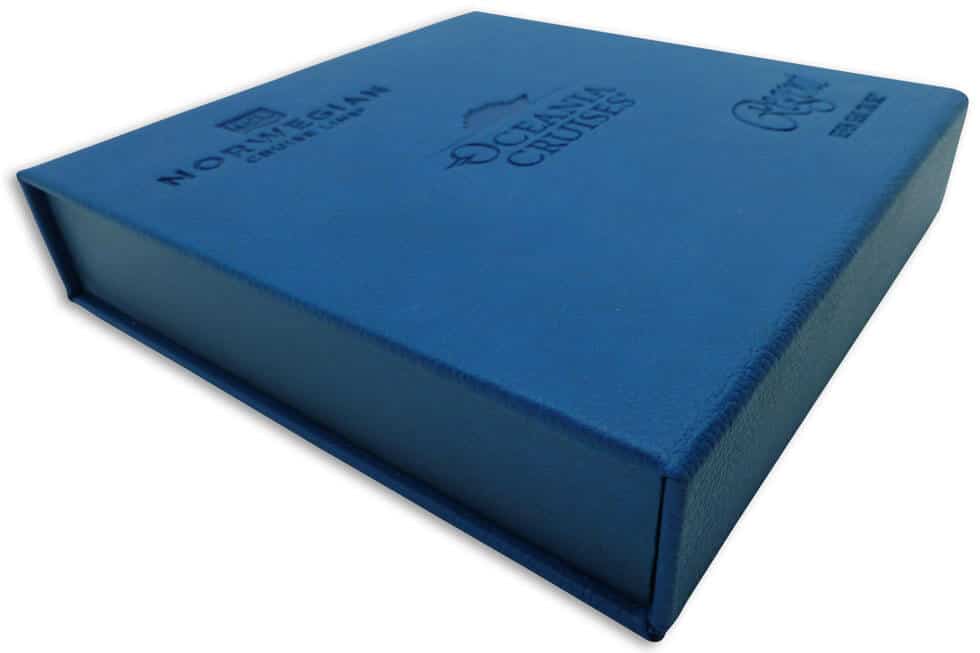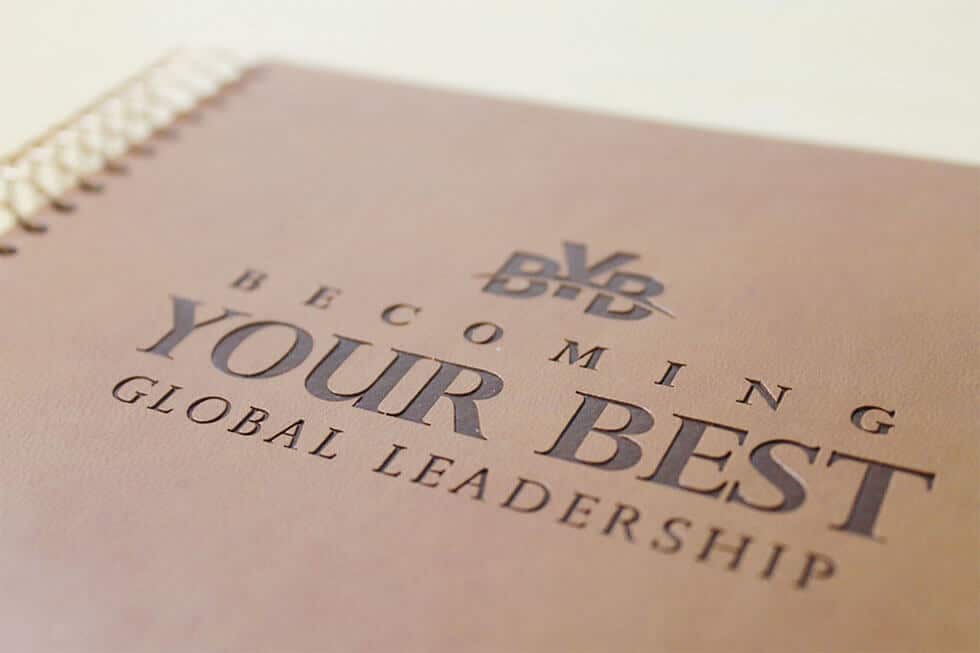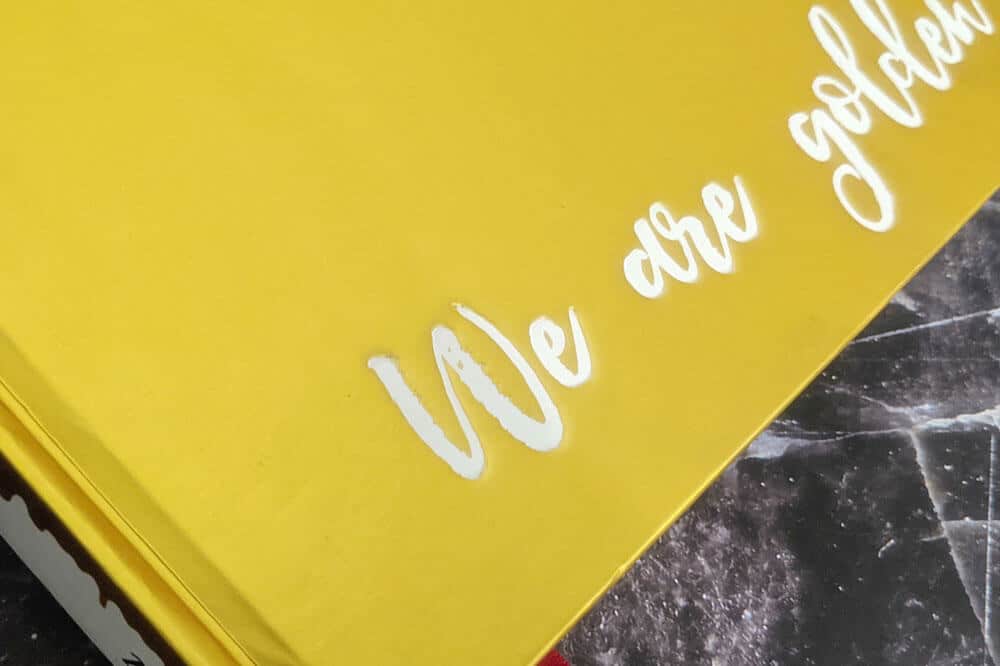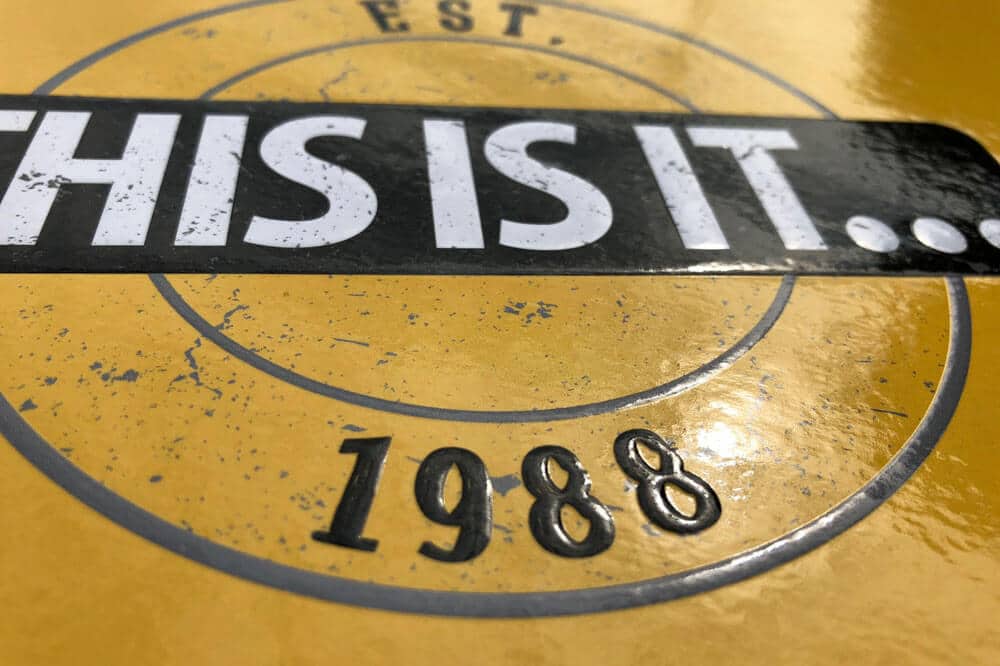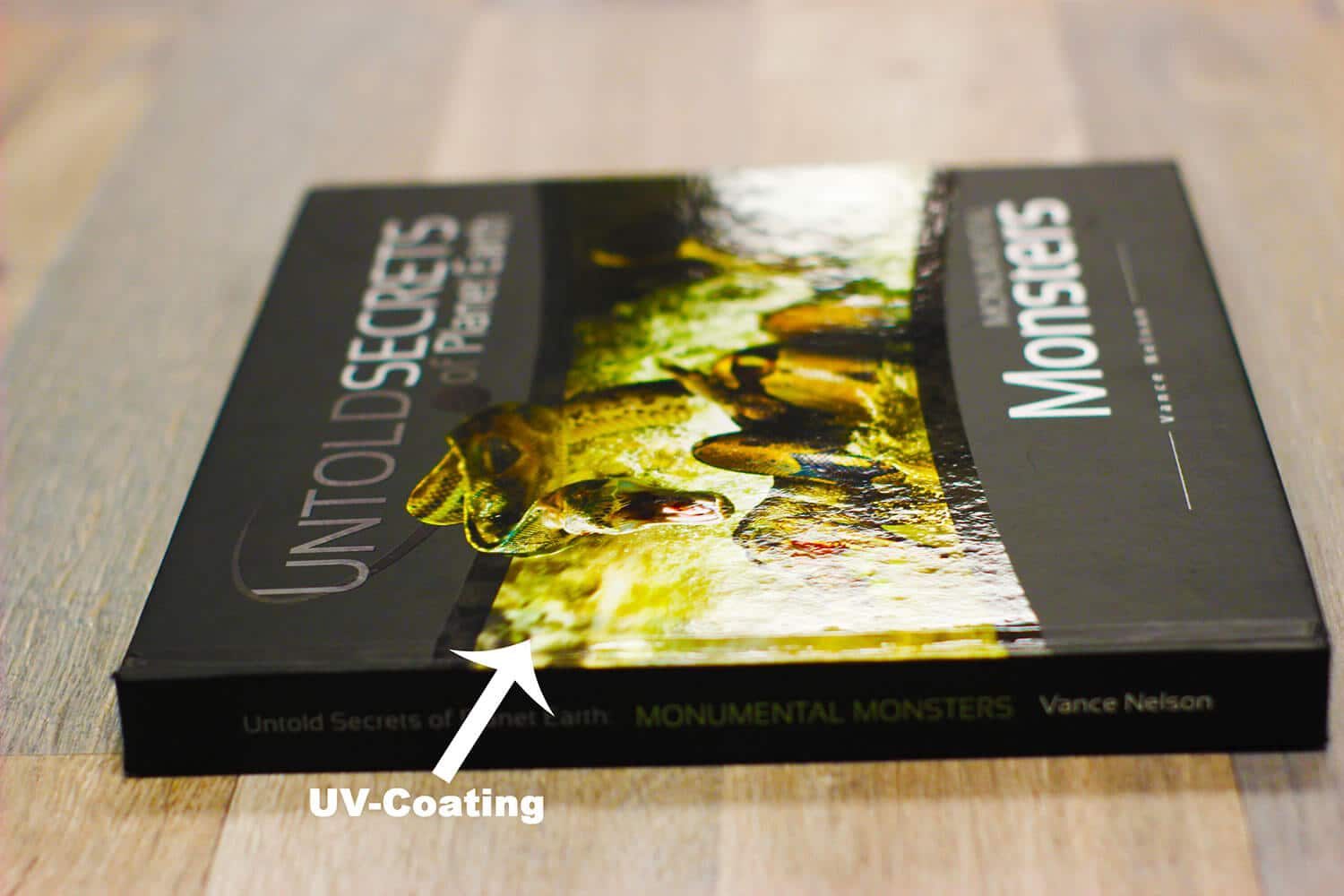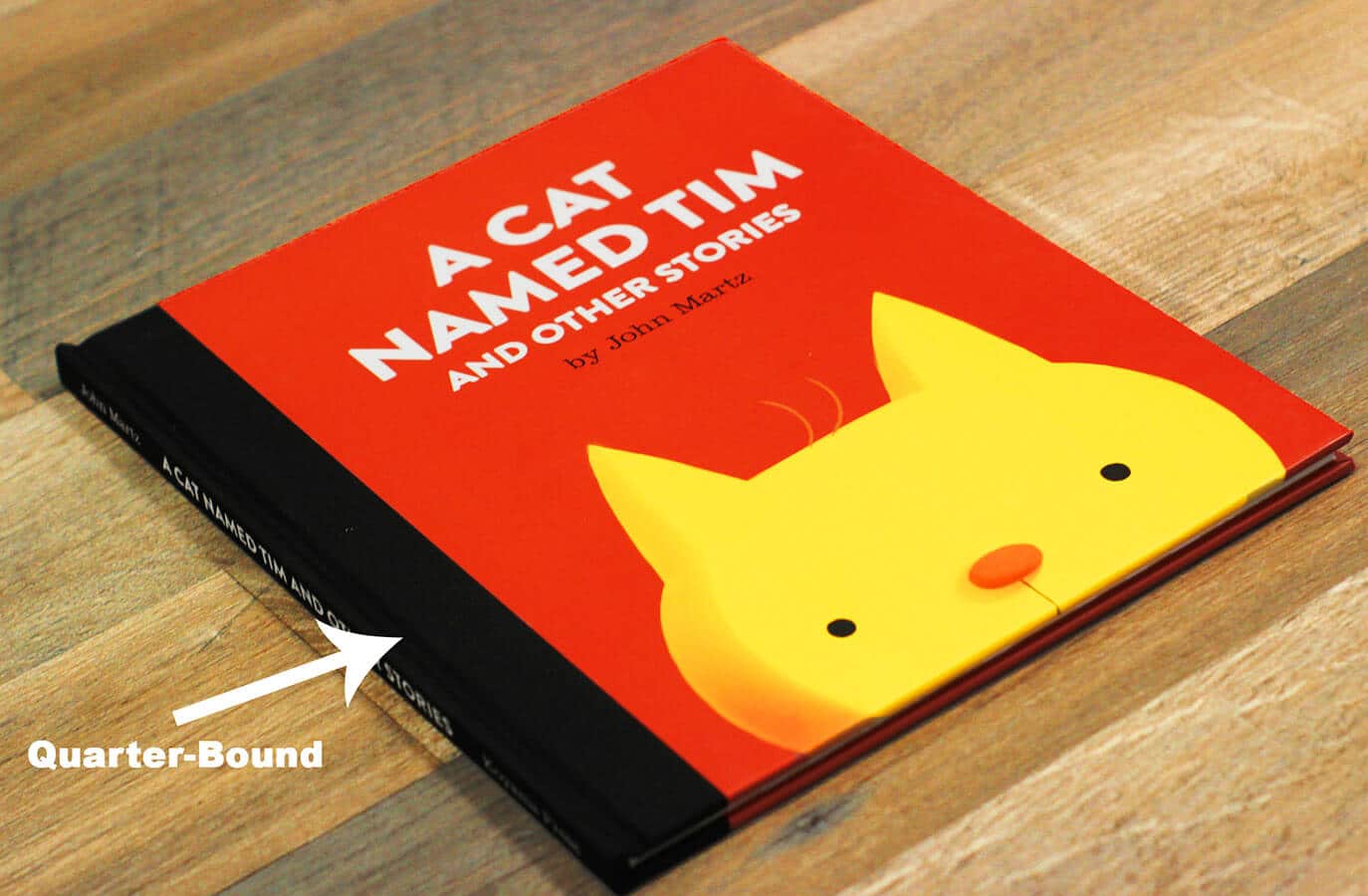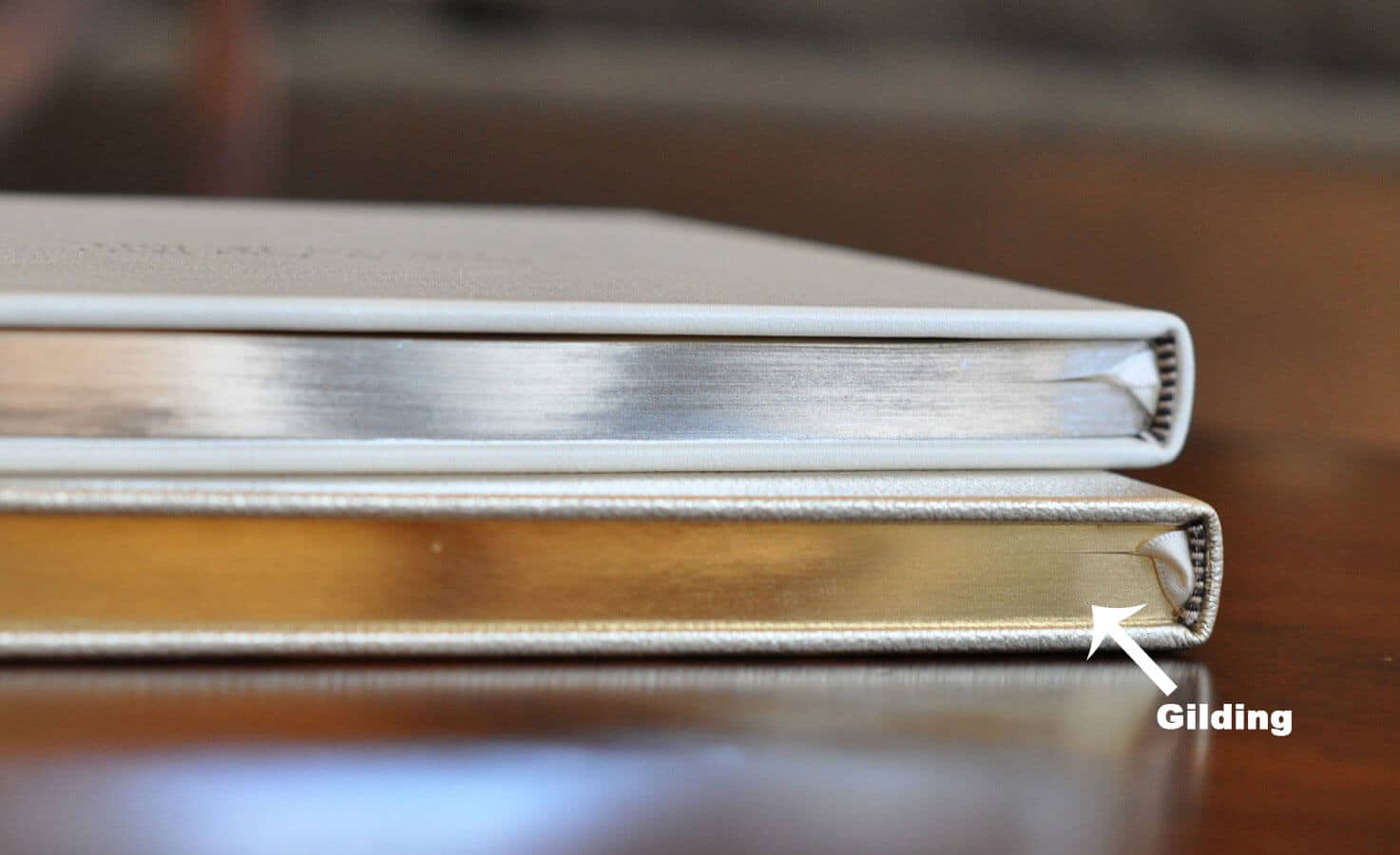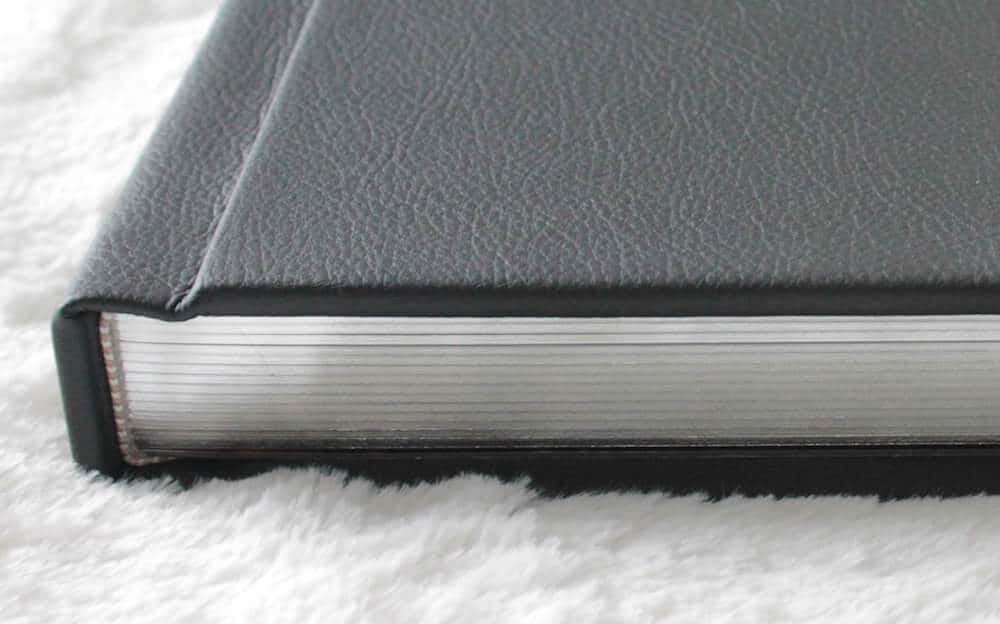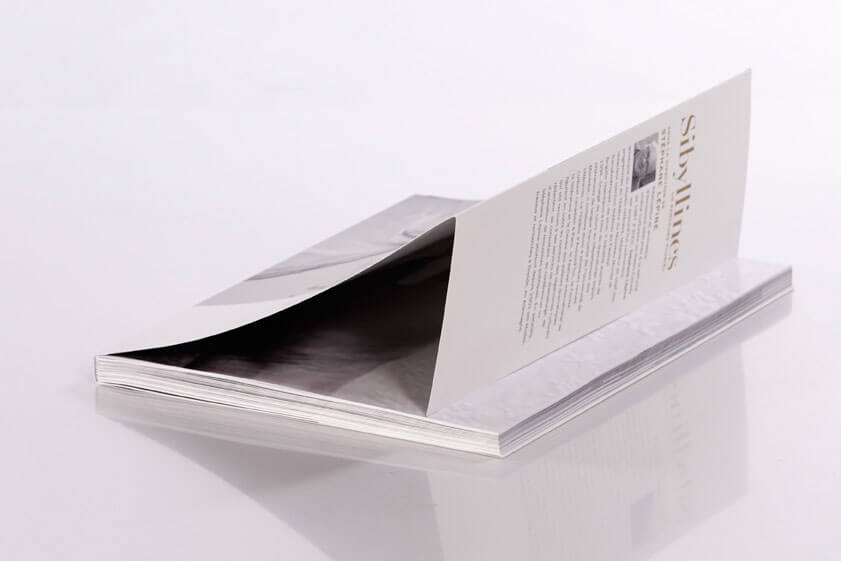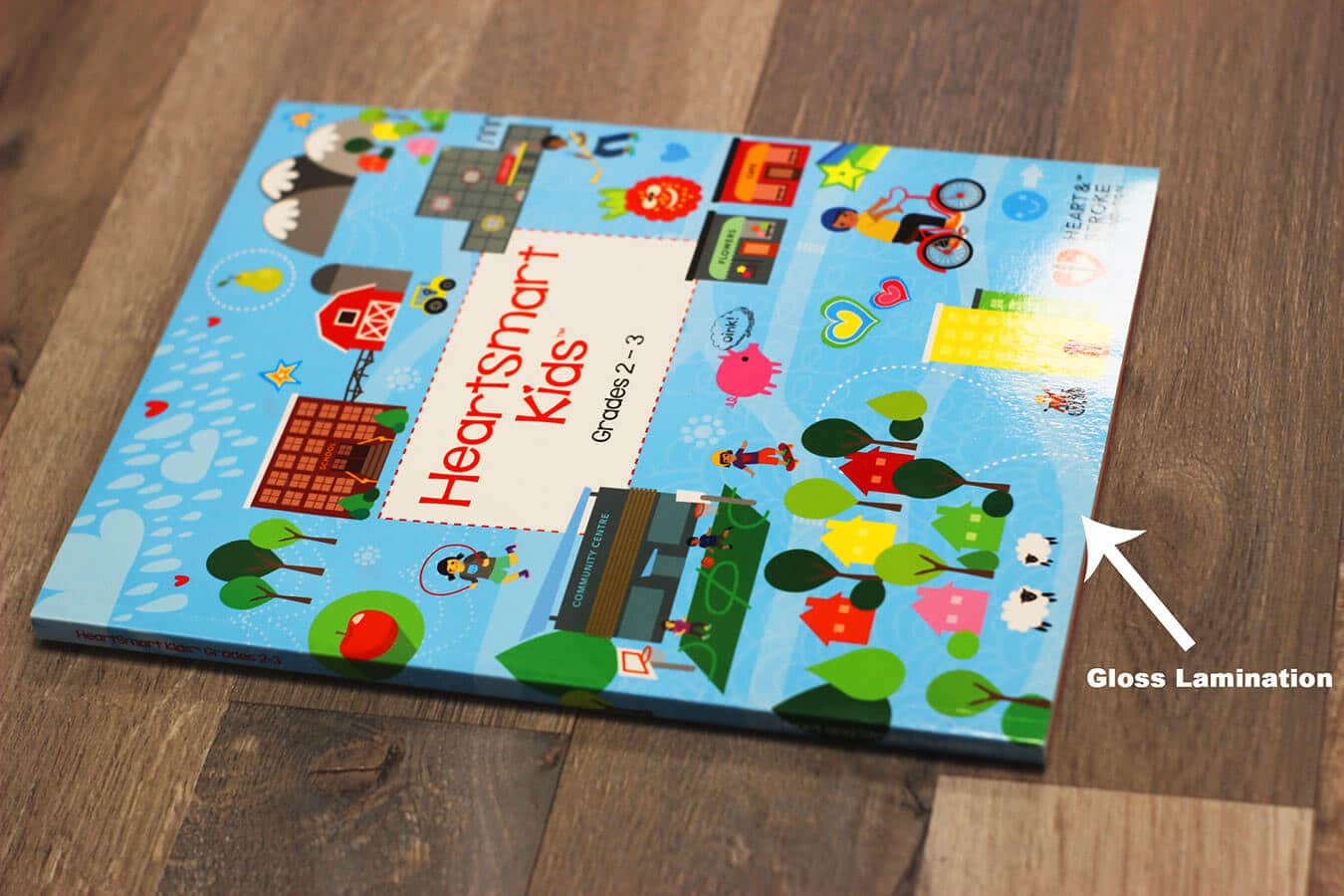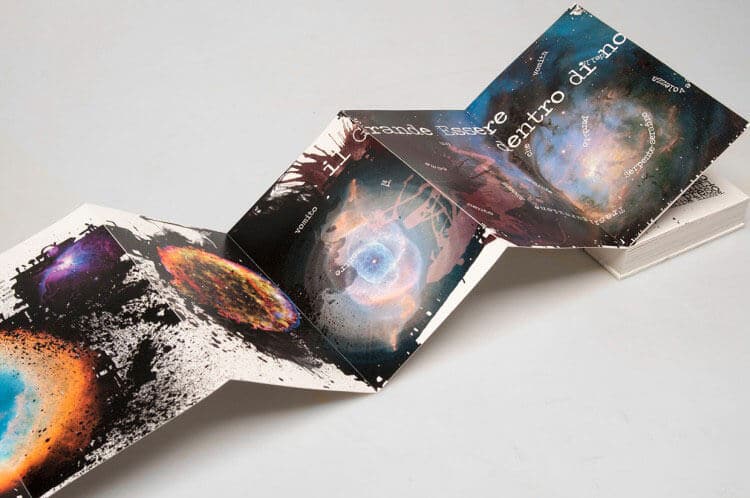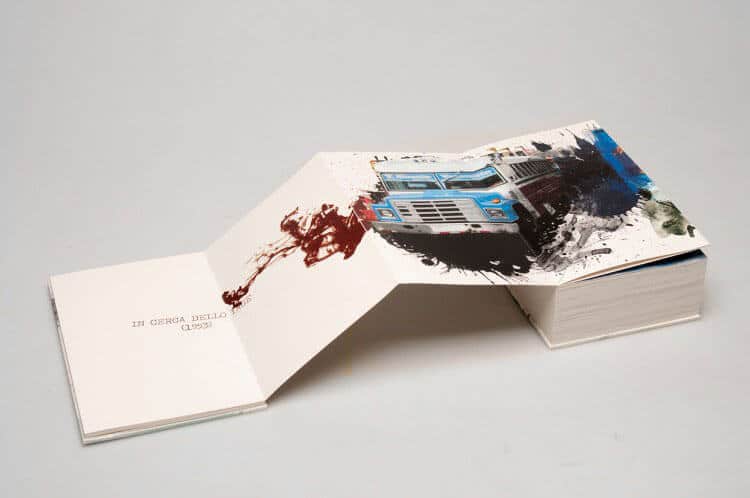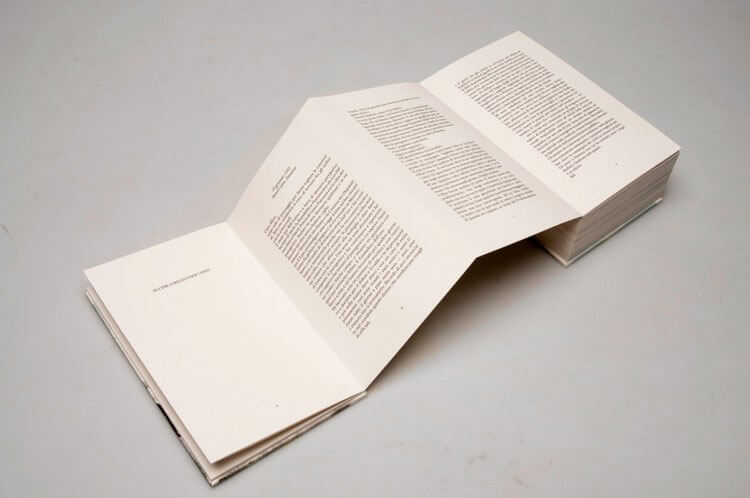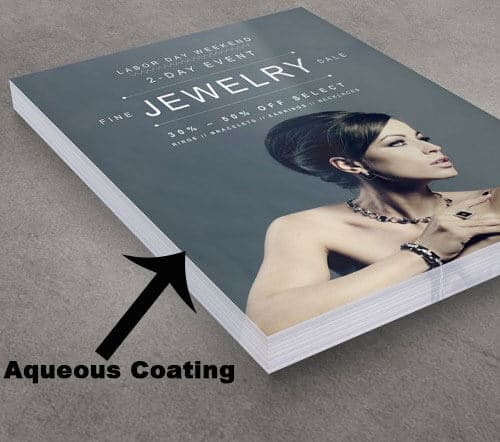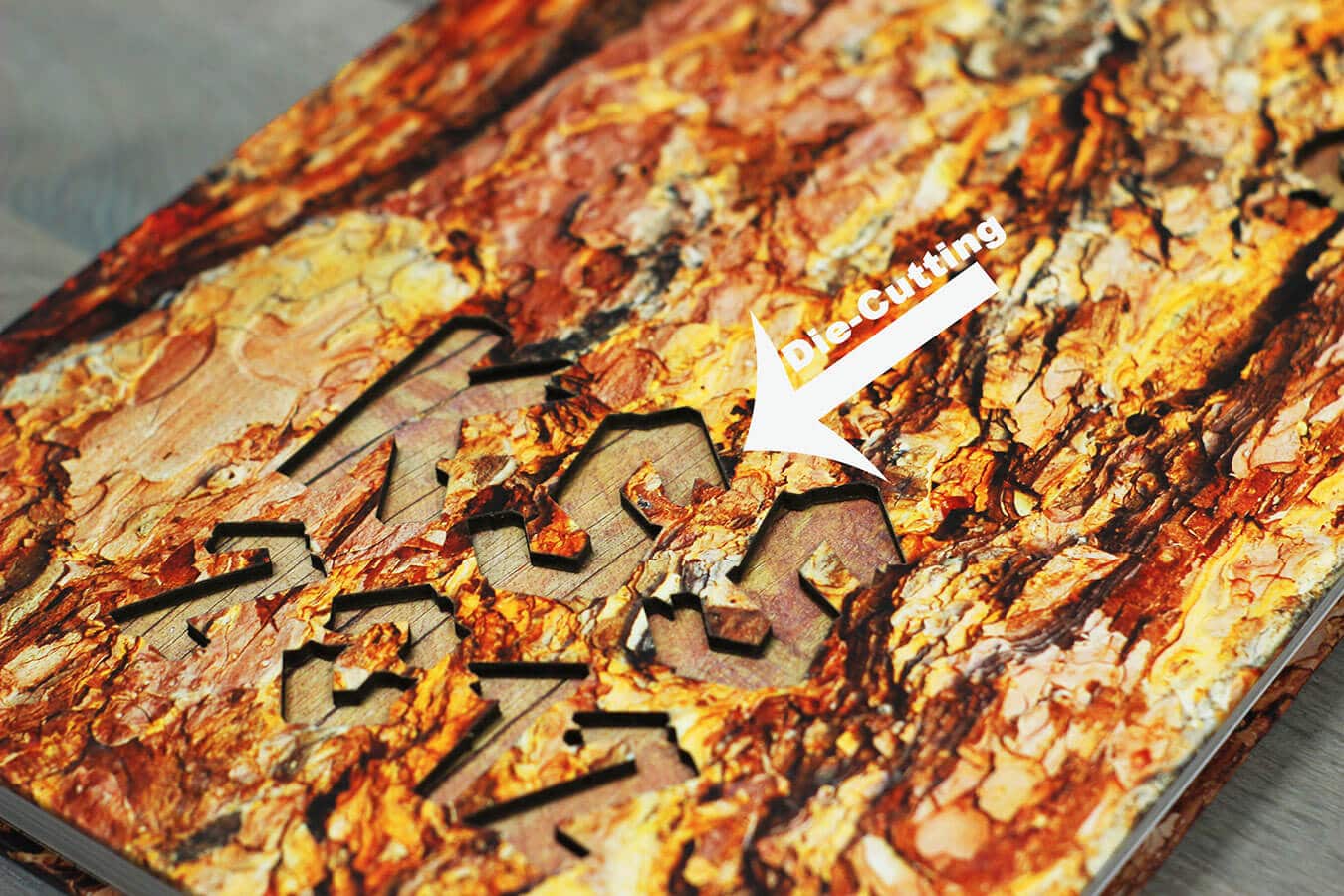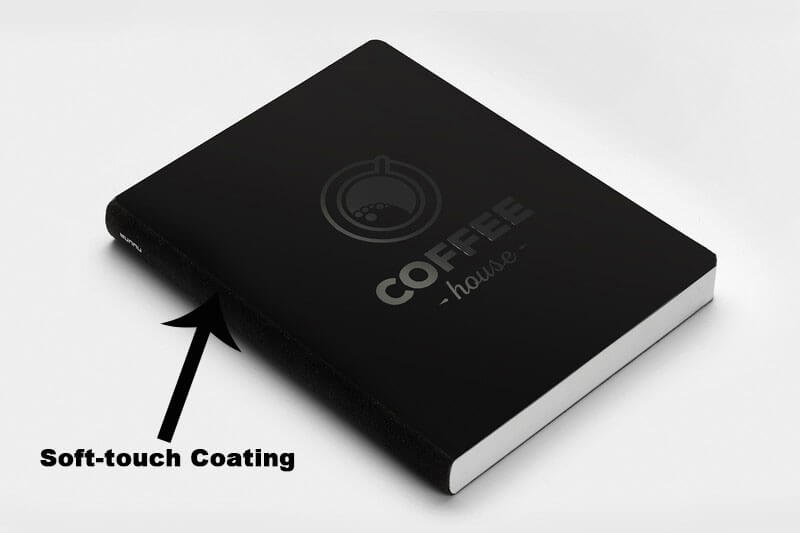Templates & Artwork Guidelines
Our artwork guidelines will help you prepare your files for print. Watch our educational webinars for more details on the 7 Tips to Prepare Your Book for Print.
DOWNLOAD OUR ARTWORK GUIDELINES
Our print production experts are available for consultation HERE and our HIRE A PRO page provides professionals we know do a good job setting up print files.
Insider Tips
- Ask Questions – Book a call with us before you begin laying out your art files.
- Request Our Templates – Contact us for printing templates – this can save significant time & re-work later.
- Follow Our 5 Step Printing Process – Avoid common mistakes that cost you time, tears and money.
- Familiarize Yourself with Color Printing Profiles – Understand the basics of color management
- Hire a Designer – Consider hiring a professional if you don’t have experience in graphic design or print production. Here’s why!



